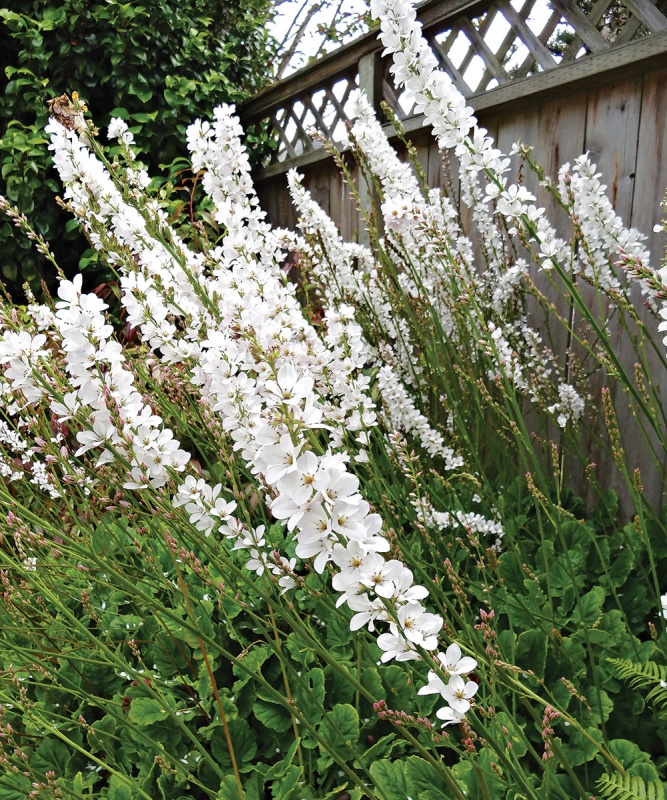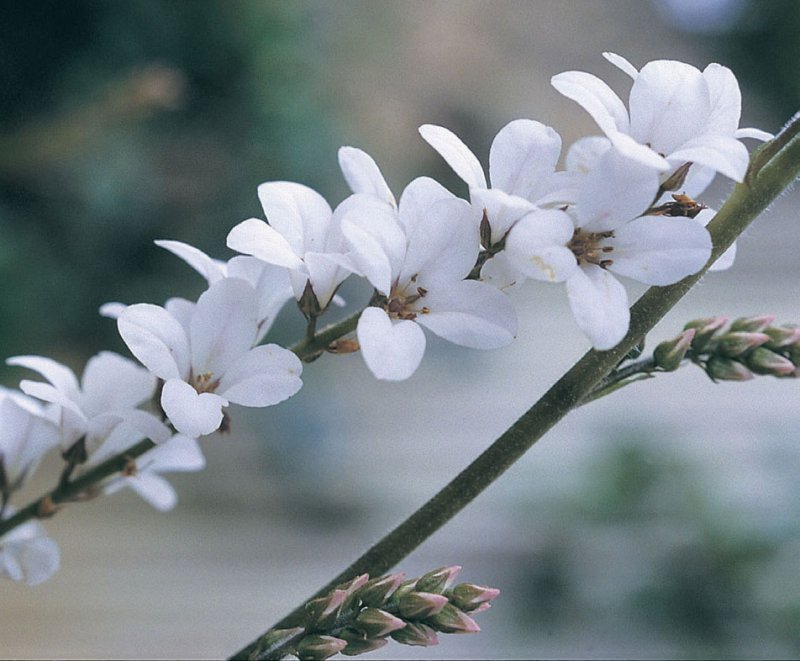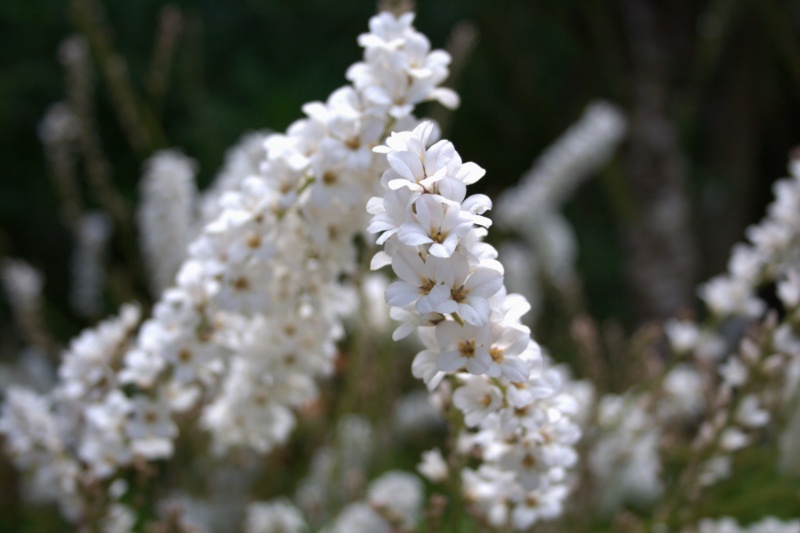Uncategorized
Shade Lovers from Chile
I first saw plants of Bridal Wreath, Francoa appendiculata ssp. ramosa, some fifty years ago whilst wandering with a friend through what is now the Dandenong Ranges Botanic Garden (formerly the National Rhododendron Garden).
The Francoa was in full bloom with up to a hundred four petalled white flowers, the size of a twenty-cent coin, closely held on 90cm tall wands. My friend, a horticultural snob, was contemptuous of it. “It’s a weed.” Any obliging plant which grew without difficulty was considered a weed by him. Only the rarest of plants, of which we mere mortals could only dream of nurturing, were of interest to him.
Francoa is a monotypic genus endemic to Chile where the only species F. appendiculata and its three sub-species grow wild in the coastal mountains and interior valleys of the central parts of the country. In nature it abounds in humid areas with regular rainfall and can only be found growing in light to dense shade never in full sun.

30 years ago I blithely planted a large patch of Bridal Wreath in my dry garden under the shade of an olive tree. Happily at that time I didn’t know that Francoa were denizens of wetter areas of Chile although the size of their leaves should have given me a clue. Over the intervening decades this patch has thrived with minimal extra irrigation.
Besides making a wonderful floral display for most of late spring and summer F. ramosa is one of the best weed suppressing plants. The large, light green, scalloped edged, lance-shaped leaves make dense evergreen clumps which are handsome the year round.

This superbly beautiful plant can be grown in any shady spot both moist and dry from coastal gardens to the mountains.
Francoa ramosa shares its common name, Bridal Wreath, with Spiraea prunifolia. The stems of both are densely garlanded with white flowers.
